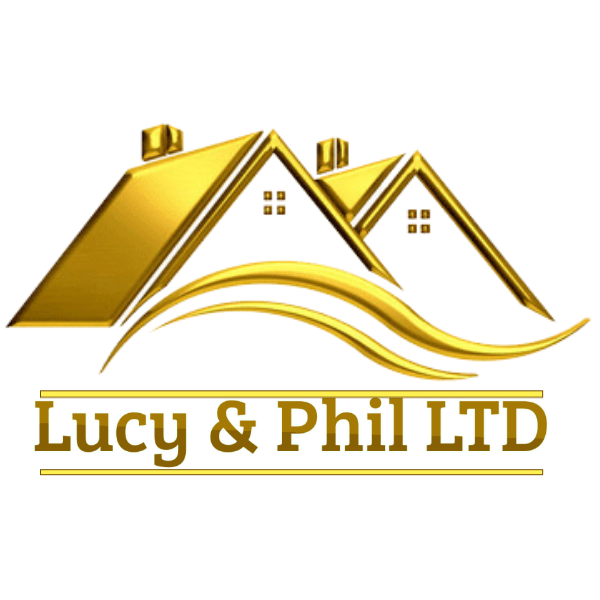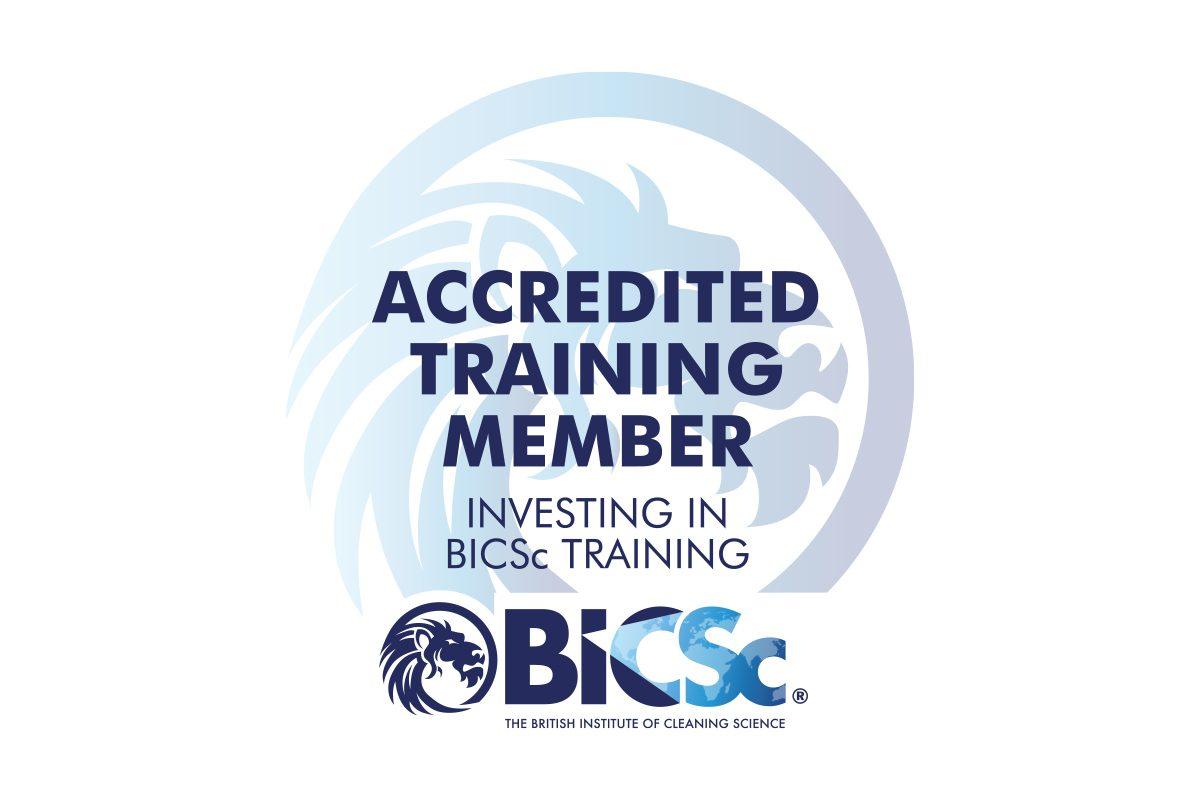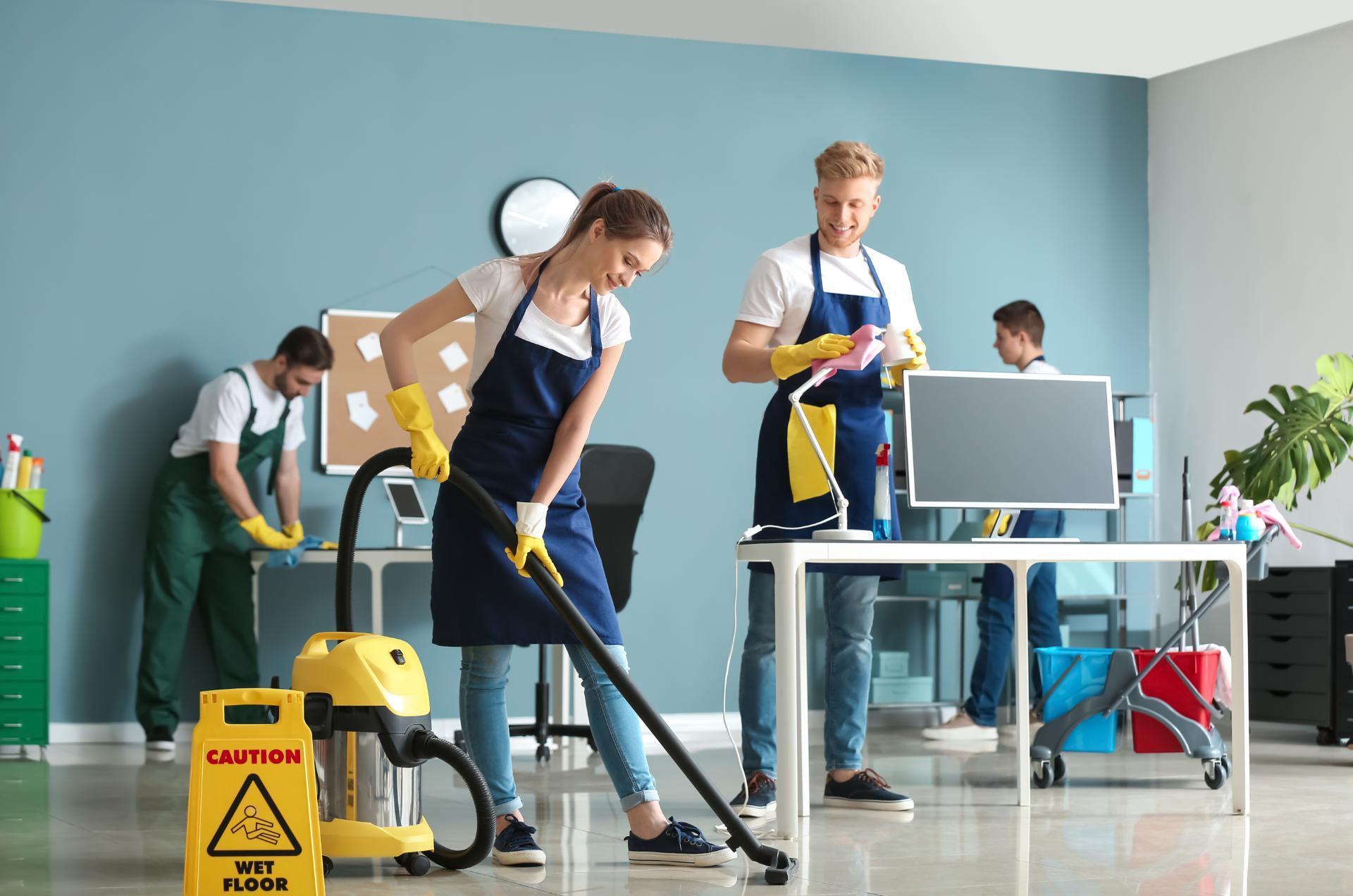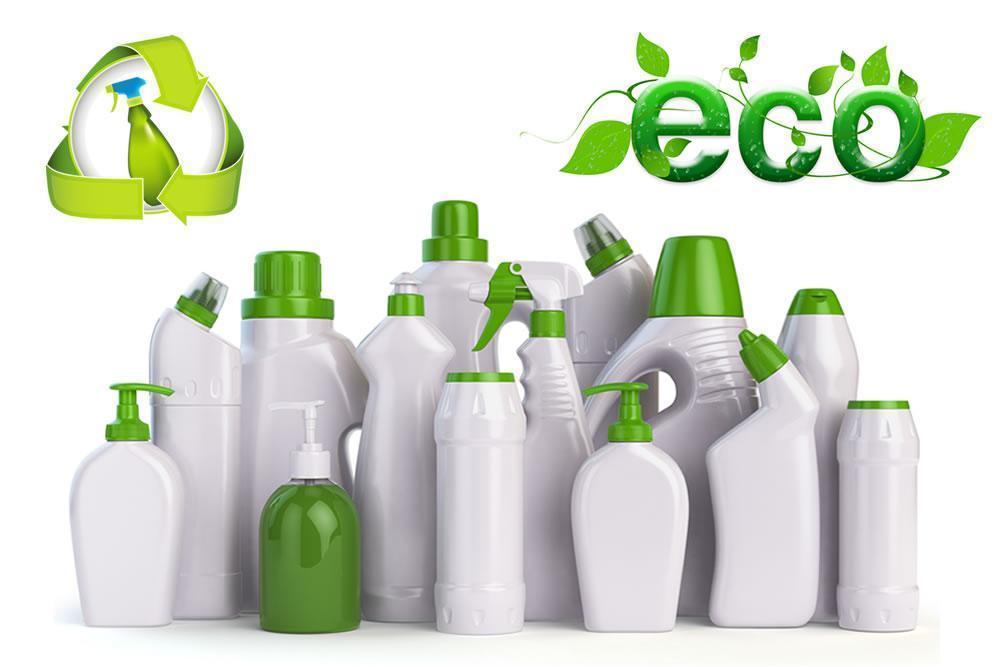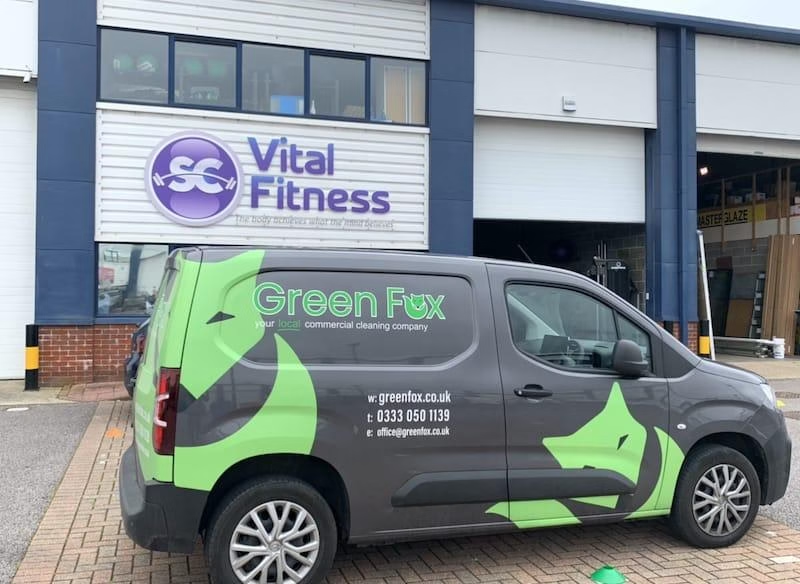
From Victorian terraces to glass-clad campuses, the UK’s built environment asks for a quiet kind of expertise: spaces made ready for living, learning, work, and care without leaving a footprint of their own. Behind the scenes, cleaning services companies knit together routine tasks and specialist skills-domestic housekeeping and end-of-tenancy turnarounds, contract cleaning for offices and schools, clinical and industrial hygiene, periodic deep cleans, and responsive services after spills, storms, or refurbishments.
The market is broad and layered. National facilities providers manage multi-site contracts alongside regional firms and local independents; app-based marketplaces sit beside long-term service agreements with service-level targets and audits. Expectations have shifted in recent years: infection control remains visible, sustainability has moved from nice-to-have to measurable requirement, and technology-scheduling apps, digital checklists, attendance tracking, even autonomous scrubbers-now underpins transparency and efficiency. Standards and safeguards matter too, from COSHH compliance and health and safety training to accreditations and insurance, with pricing models ranging from hourly rates to per-square-metre contracts.
This article maps the landscape of cleaning services companies in the UK: how the sector is organised, what services are on offer, how quality is evidenced, what drives cost, and how to compare providers. The aim is practical clarity-so whether you’re fitting out a single flat or stewarding a national estate, you can navigate the options with confidence.
Table of Contents
- The UK cleaning services landscape from national brands to regional specialists and how to choose between them
- Credentials and compliance to verify including BICSc training ISO quality and environmental certifications DBS checks public liability insurance COSHH and RAMS
- Pricing and contracts demystified realistic hourly and per square metre rates site surveys SLAs TUPE and common pitfalls to avoid
- Sustainable practice and quality control eco detergents microfibre systems waste segregation carbon reporting KPIs and audit checklists to request
- Wrapping Up
The UK cleaning services landscape from national brands to regional specialists and how to choose between them
The market spans household-name providers with national reach and niche operators rooted in specific towns and sectors. National brands excel at scale: they mobilise quickly across regions, maintain audited processes, and offer unified reporting that suits multi-site estates. Regional specialists bring depth: granular local knowledge, tight-knit teams, and craft expertise for unusual materials, layouts, or time-critical turnovers. Pricing models reflect this split-large operators prioritise predictable contracts and SLA-backed response times, while local firms often tailor scope and cadence to your premises’ rhythms. Consider compliance needs (e.g., ISO 9001, ISO 14001, CHAS, SafeContractor), security vetting, and the digital tooling you require for transparency and quality control.
- National strengths: multi-region coverage, standardised training, 24/7 helpdesks, centralised QA dashboards, robust insurance and governance.
- Regional strengths: hyperlocal response, bespoke methods (e.g., heritage stone, high-level access), continuity of the same crew, owner-led oversight.
- Technology edge (nationals): time-stamped attendance, photo-led audits, API reporting.
- Flexibility edge (regionals): rapid tweaks to scope, short-notice deep cleans, seasonal scaling.
| Scenario | Best Fit | Why |
|---|---|---|
| Retail chain (80 sites) | National brand | Coverage + unified SLAs |
| Grade II hotel in Bath | Regional specialist | Heritage care expertise |
| Tech campus with strict vetting | National brand | Security-cleared teams |
| 25 HMOs in one city | Regional specialist | Local turnaround speed |
Choosing well is about risk, rhythm, and reach. Map your estate, risk profile, and the evidence you need to see week-on-week. If you want uniformity across counties and guaranteed cover during staff absences, larger providers shine; if you value a familiar crew who can pivot during student move-outs or construction handovers, local firms can outperform. Watch total cost of ownership-not just day rates but travel time, consumables, management overhead, and the value of service continuity. Ask for a pilot, define KPIs early, and insist on transparent change-control so scope creep doesn’t ambush your budget.
- Scope clarity: sites, frequencies, out-of-hours access, high-risk areas.
- Proof: references, before/after galleries, KPI samples, audit trails.
- Accreditations: ISO/CHAS/SafeContractor, waste carriers, COSHH controls.
- People: DBS checks, training hours, retention, TUPE approach.
- Continuity: sickness cover, surge capacity, disaster response.
- Digital: app-based sign-in, issue logs, dashboards, data exports.
- Sustainability: eco-chemicals, microfiber systems, EV fleets, local supply.
- Commercials: living-wage policies, inclusions/exclusions, SLA-backed credits.
- Pilot & KPIs: 4-8 week trial, measurable outcomes, fair break clause.
Credentials and compliance to verify including BICSc training ISO quality and environmental certifications DBS checks public liability insurance COSHH and RAMS
Before you sign a contract, ask providers to evidence industry-recognised training and audited systems. Look for BICSc-trained operatives with recent competency sign‑offs, and UKAS‑accredited ISO certifications that cover the actual scope of work you need. Robust governance should be visible on paper and on site-cleaning plans that align with standards, supervisors who can explain procedures, and audit trails that stand up to scrutiny.
- BICSc training: Certificates, assessor IDs, and task sign‑offs for each operative.
- ISO 9001 & 14001 (and 45001 where relevant): UKAS logos, valid audit dates, and scope including cleaning/FM services.
- DBS checks: Standard or Enhanced as the site requires, with update service or renewal cadence.
- Public liability insurance: Limits suitable for your risk profile (e.g., £5m-£10m), plus employers’ liability.
- COSHH: Current SDS, a chemical register, and documented staff training on handling and spills.
- RAMS: Site‑specific risk assessments, method statements, toolbox talks, and review dates.
For operational peace of mind, confirm that paperwork isn’t just filed-it’s lived. Policies should translate into safe, efficient delivery: supervisors conducting spot checks, incident reporting that triggers updates to RAMS, and environmentally responsible choices proven by procurement records. If the team handles keys, sharps, or clinical areas, expect enhanced vetting, higher insurance endorsements, and stricter method statements tailored to your building.
| Item | Ask for | Quick check |
|---|---|---|
| BICSc | Operative certificates | Names match crew list |
| ISO 9001/14001 | UKAS‑stamped certificates | Scope includes cleaning |
| DBS | Standard/Enhanced proof | Within renewal window |
| Insurance | Schedule & limits | £5m-£10m, key-holding covered |
| COSHH | SDS + training records | Latest versions on site |
| RAMS | Site‑specific documents | Signed, dated, briefed |
Pricing and contracts demystified realistic hourly and per square metre rates site surveys SLAs TUPE and common pitfalls to avoid
Pricing models in the UK typically hinge on either an hourly cleaner rate or a per-square metre metric, with hybrids for complex portfolios. As a guide, daily office routines often sit around £14-£22 per hour per cleaner (higher for out-of-hours, secure, or multi-site work), while specialist tasks can command £18-£28+. For project work, light refresh cleans may run £0.80-£1.50 per m², deep or builders’ cleans £1.50-£3.50+ per m², and periodic floor care priced per visit. A thorough site survey should define scope, frequency, productivity assumptions, and any compliance overheads (RAMS, training, access, waste). Look for a task matrix linked to measured area types (desks, washrooms, kitchenettes) and clear productivity benchmarks, so cost aligns with outcomes rather than guesswork.
| Service | Unit | Typical Range | Notes |
| Daily office clean | Per hour (per cleaner) | £14-£22 | London often +10-20% |
| Deep/builders clean | Per m² | £1.50-£3.50+ | Debris and access dependent |
| Medical/CQC areas | Per hour | £18-£28+ | Compliance, consumables control |
| Carpet extraction | Per m² | £1.00-£2.50 | Stain treatment extra |
| Window cleaning | Per visit | £35-£250+ | Reach & wash vs. rope access |
Contracts should translate price into performance through SLAs and KPIs that are specific, measurable, and linked to site realities (e.g., touchpoint hygiene, response times, audit scores). Ask how attendance is verified, how consumables are billed, and who owns or maintains equipment. If switching supplier, the UK’s TUPE regulations may apply-protecting transferring staff-and you’ll need clarity on headcount data, wage rates, pensions, and holiday accrual to avoid surprise liabilities. Build in mobilisation plans, training and vetting, indexation (e.g., CPI or NLW linkage), relief cover for sickness/holidays, and pragmatic termination and change-control clauses.
- Pitfall: Chasing the lowest hourly rate below National Living Wage once on-costs are added-unsustainable and risky.
- Pitfall: A per-m² price with no stated productivity or task list; scope creep is inevitable.
- Pitfall: Skipping a site survey-hidden access, waste, or security costs surface later.
- Pitfall: SLAs without measurement tools (audits, ATP, dashboards) or remediation steps.
- Pitfall: Ignoring TUPE-budget shock from inherited pay rates and entitlements.
- Pitfall: Vague consumables and materials terms-double-paying or stock-outs.
- Pitfall: No holiday/sickness cover plan-service dips during peak absence periods.
- Pitfall: Long notice or rigid indexation clauses that don’t reflect market wage movement.
Sustainable practice and quality control eco detergents microfibre systems waste segregation carbon reporting KPIs and audit checklists to request
Ask providers to prove how they cut impact without cutting corners. Prioritise eco detergents with credible third‑party ecolabels, closed‑loop dilution control to prevent overdosing, and maintenance plans that extend equipment life. Modern microfibre systems should be colour‑coded, laundered at low energy, and tracked for reuse cycles to avoid premature disposal. Expect transparent data on water and chemical consumption per site, plus safe storage and COSHH compliance with up‑to‑date Safety Data Sheets. Real quality control blends science with service: ATP hygiene spot‑tests where appropriate, supervisor shadow checks, and digital time‑stamped audit trails that link tasks to outcomes.
Waste routines should be designed around local authority guidance, with clear signage, waste segregation at source, and verified transfer notes from licensed carriers. For credibility, insist on carbon reporting aligned to the GHG Protocol (Scopes 1-3 where material), with route optimisation, low‑emission kit, and quarterly dashboards. Turn ambition into action through measurable KPIs and independent validation: ISO 14001/9001, ethical procurement statements, and a living audit checklist that drives continual improvement rather than box‑ticking.
- Sustainability pack to request: ecolabel certificates for chemicals, COSHH/SDS library, dilution logs, microfibre inventory and retirement criteria, energy/water reduction plan, waste transfer notes and carrier licences, carbon footprint method and boundaries, ISO certificates, and supply‑chain ethical policy.
- Quality control evidence: site‑specific RAMS, training matrix with refresher dates, calibrated dosing records, machine maintenance logs and PAT testing, ATP or equivalent hygiene verification (where relevant), digital QA audit templates, non‑conformance/CAPA tracker, and near‑miss/incident reports.
| KPI | Target | Evidence |
|---|---|---|
| CO2e per cleaning hour | ≤ 0.8 kg | Monthly GHG report |
| Chemical use per 1000 m² | ≤ 120 ml | Dilution controller logs |
| Microfibre reuse cycles | ≥ 100 | Laundry cycle records |
| Waste diversion rate | ≥ 85% | Transfer notes |
| QA audit score | ≥ 95% | Digital checklist |
| CAPA close‑out time | < 5 business days | Corrective action log |
Wrapping Up
From high-street boutiques to hospital wards, from student flats to heritage venues, the UK’s cleaning sector is as varied as the spaces it cares for. National brands sit alongside local specialists, offering everything from daily office cleans to post-build sparkle and biohazard response-proof that “clean” is less a single service than a spectrum.
As you weigh up providers, look past the polish. Clarify scope and frequency, ask about training and accreditations (such as BICSc, ISO standards, or SafeContractor), confirm insurance and DBS checks where relevant, and review methods, materials, and sustainability policies. Transparent pricing, measurable KPIs, and clear SLAs matter as much as the shine on day one.
In a landscape shaped by evolving hygiene expectations and tighter environmental standards, the right partner won’t just tidy a space-they’ll help it work better. Choose with clarity, compare like for like, and let the results speak quietly in the light they leave behind.
